
JAPANESE PRINTS
A MILLION QUESTIONS
TWO MILLION MYSTERIES
|
|
|
Ukiyo-e Prints浮世絵版画 |
|
|
|
|
|
formerly Port Townsend, Washington, now Kansas City, Missouri |
|
|
|
UTAGAWA KUNIHIRO |
|
|
歌川国広 |
|
|
(fl. ca. 1815-43) |
|
|
Subject: Ashikaga Yorikane (on the left) and Takao (on the right) on the courtesan's boat. |
|
|
Iwai Shijaku I as Takao |
|
|
岩井紫若 |
高尾 |
|
Sawamura Tosshō I as Ashikaga Yorikane |
|
|
沢村訥升 |
足利頼兼 |
|
Publisher: Tenki |
|
|
天喜 |
|
|
Size: Each sheet is 14 1/4" x 10" |
|
|
Date: 3/1834 |
|
|
Illustrated: Catalogue of Japanese Art in The National Gallery, Prague, The International Research Center for Japanese Studies: Niehibunken Japanese Studies Series 5, n.d, p. 30, #180. |
|
|
SOLD! |
|
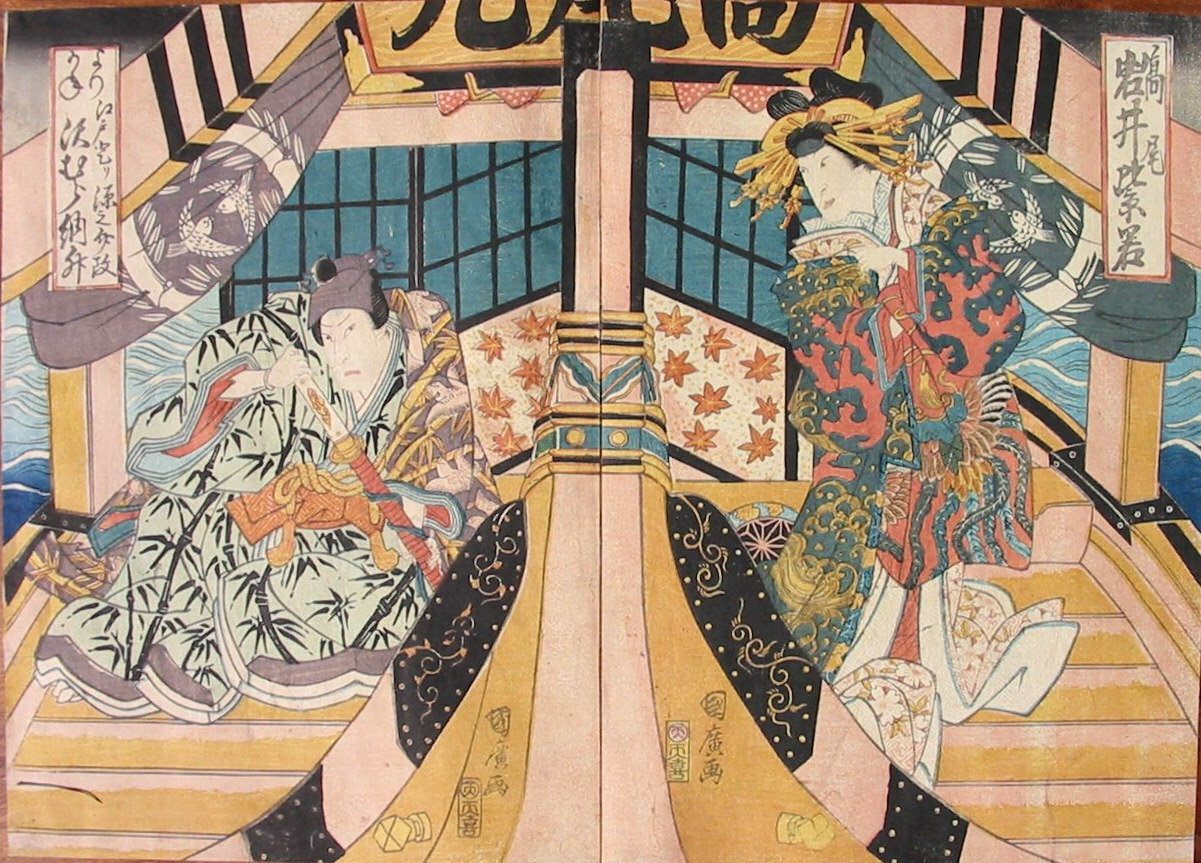 |
|
Kunihiro was one of several Osaka artist who could be classified as amateurs because they made their living by other means. (1) According to Roger Keyes "...there is virtually certain evidence that Kunihiro was the artist-proprietor of Tenki for nearly twenty years." (2) Edo had not seen an owner/artist since the death of Okamura Masanobu in 1764. However, "A tradition of artist-proprietorship for at least one of the three major Osaka publishers would help explain the high standards of Osaka printmaking, and deserves further study." (3) |
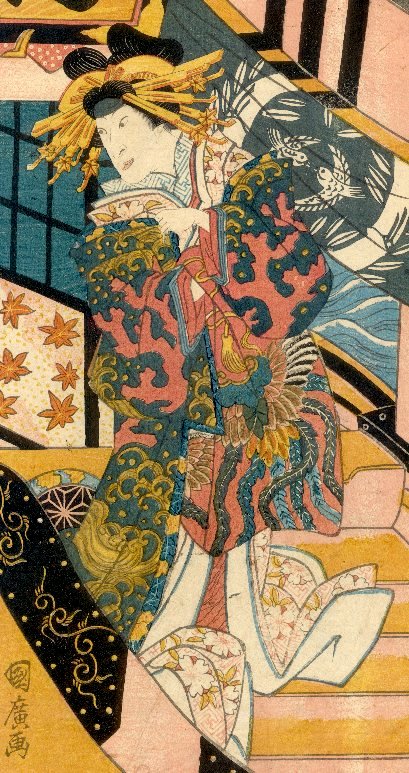 |
|
1. Today we think of amateurs usually in terms of non-paid sports figures, but originally the term derived from the Latin root word for "love". In 18th century France an amateur was usually a wealthy collector who also produced decent works on his own. 2. The Theatrical World of Osaka Prints, by Roger Keyes, Philadelphia Museum of Art, 1973, p. 28. 3. Ibid. |
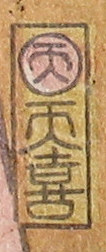 |
Kunihiro's first known print from ca. 1816 was published by Wataki. That may have been the year that the near monopoly on the production of multi-colored actor prints in Osaka was broken by the appearance of several new publishing houses. Within a few years Kunihiro appears to have become the head of Tenki publishing and along with three other publishers they effectively blocked new competitors from the market --- thus they now had the monopoly. |
 |
|
|
The information provided above is based on Keyes. He also noted in the Philadelphia catalogue that Hirosada may eventually have succeeded Kunihiro as the owner of Tenki publishing. |
|||
|
Publisher's mark: Tenki |
Artist's signature: Kunihiro ga |
||
 |
|||
| Detail of backside of right hand panel. | |||
|
CORAL SANGO |
||||
|
珊瑚 |
||||
|
Coral is considered one of the seven precious things usually delivered by the treasure ship, the takarabune (宝船). |
||||
|
|
||||
|
|
|
|
|
|
|
Detail above of the coral on a Shigenobu print. |
||||
| Detail above of the coral motif on the robe of an Eizan figure. |
|
|||
| Detail above of a coral motif on a Kuniyoshi print. | ||||
|
***Note: Coral
has great symbolic significance in both the East and West. The Christ child was occasionally portrayed wearing or holding a coral amulet which was believed to ward off disease. |
||||
| THE FINEST KABUKI SITE ON THE INTERNET! |
| http://www.kabuki21.com/index.htm |
|
For additional information about and images by various artists of Iwai Shijaku I link to the web site below. (Note that this actor like most of his successful peers performed under several different stage names.) |
| HANSHIRŌ VII |
|
For additional information about and images by various artists of Sawamura Tosshō I link to the web site below. (Note that this actor like most of his successful peers performed under several different stage names.) |
| SAWAMURA SŌJŪRŌ V |
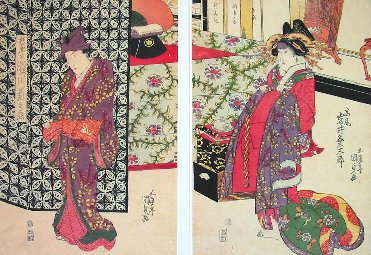
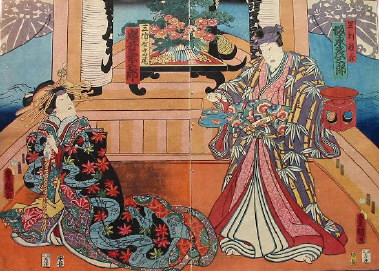

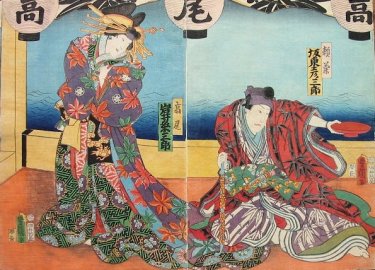

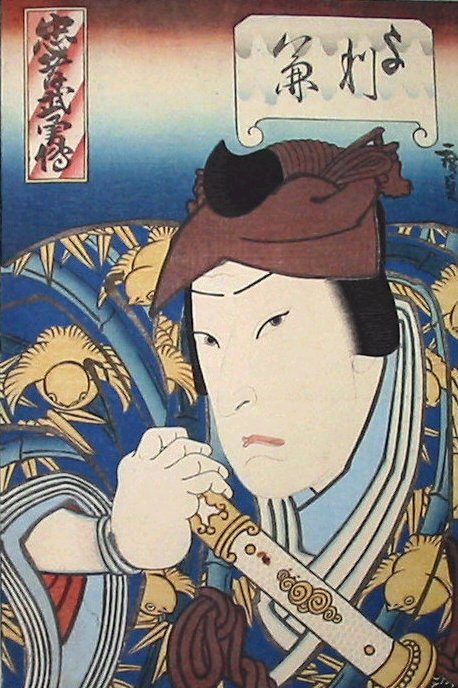
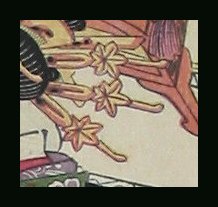
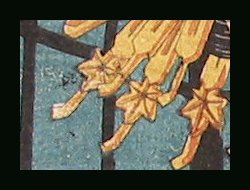
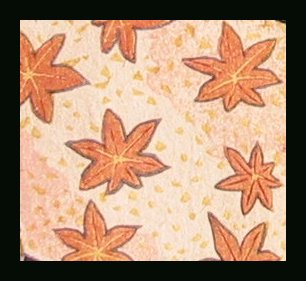

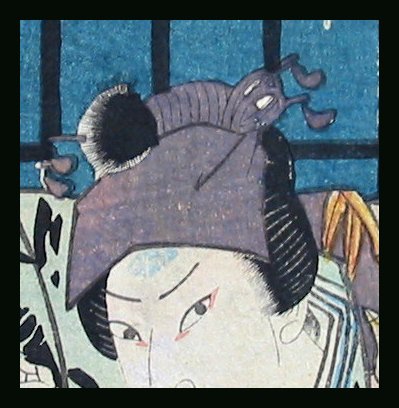
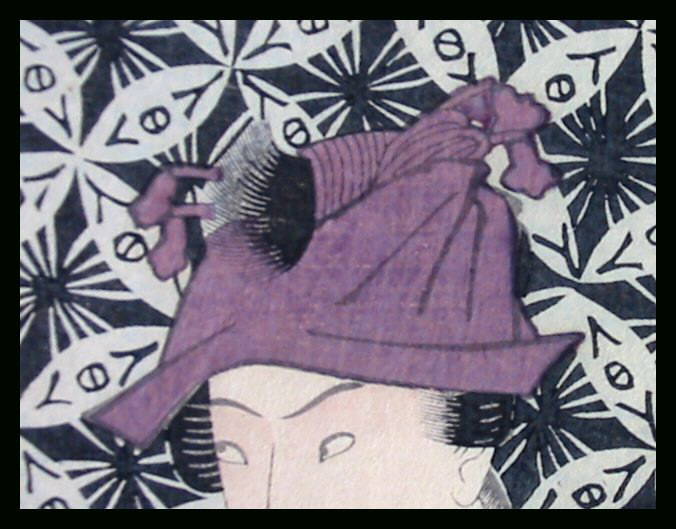
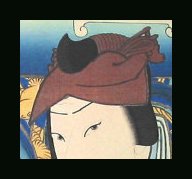
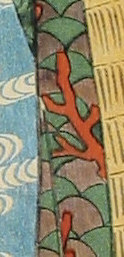
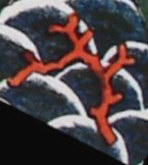
 HOME
HOME